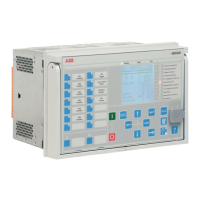Figure 365: Vector shift during Loss of Mains
Pulse timer
Once the Pulse timer is activated, it activates the OPERATE output. The pulse length
of OPERATE is fixed to 100 ms.
The activation of the BLOCK input deactivates the OPERATE binary output and resets
the timer.
4.5.10.5 Application
Use of distributed generation ( DG) units is increasing due to liberalized markets
(deregulation) and the global trend to use more renewable sources of energy. They
generate power in the range of 10 kW...10 MW and most of them are interconnected
to the distribution network. They can supply power into the network as well as to
the local loads. It is not common to connect generators directly to the distribution
networks and thus the distributed generation can cause some challenges for the
protection of distribution networks. From the protection point of view, one of the
most challenging issue is islanding.
Islanding is defined as a condition in which a distributed generation unit continues
to supply power to a certain part of the distribution network when power from the
larger utility main grid is no longer available after the opening of a circuit-breaker.
Islanding is also referred as Loss of Mains ( LOM) or Loss of Grid ( LOG). When
LOM occurs, neither the voltage or the frequency is controlled by the utility supply.
These distributed generators are not equipped with voltage and frequency control;
therefore, the voltage magnitude of an islanded network may not be kept within
the desired limits which causes undefined voltage magnitudes during islanding
situations and frequency instability. Uncontrolled frequency represents a high risk
for drives and other machines. Islanding can occur as a consequence of a fault in
the network, due to circuit breaker maloperation or due to circuit breaker opening
during maintenance. If the distributed generator continues its operation after the
utility supply is disconnected, faults do not clear under certain conditions as the arc
is charged by the distributed generators. Moreover, the distributed generators are
incompatible with the current reclosing practices. During the reclosing sequence
dead time, the generators in the network tend to drift out of synchronism with
the grid and reconnecting them without synchronizing may damage the generators
introducing high currents and voltages in the neighboring network.
1MRS757644 H
Protection functions
620 series
Technical Manual
697

